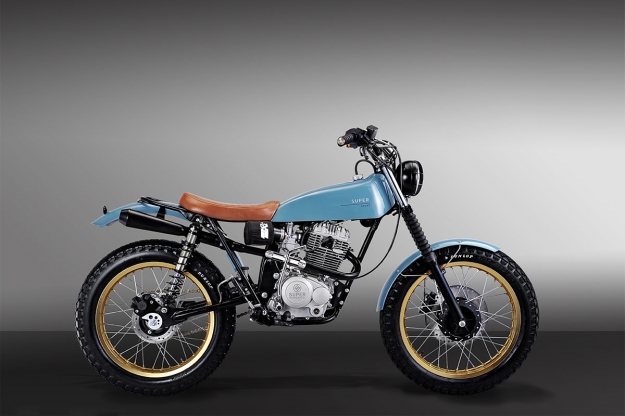
We hear a lot about the rise of the Chinese-built motorcycle, and how it’s going to change the industry in the western world. Well, this is the story of a westerner trying to beat the Chinese at their own game. And yes, it’s messy.
The star of this cautionary tale is Dimitri Hettinga, who runs Holland’s Super Motor Company. (You may know Hettinga from his previous appearances on Bike EXIF, courtesy of a pair of sharp-looking Super Cub customs.) The bike in question is a beautiful production-ready lightweight called ‘Lucky Punk.’
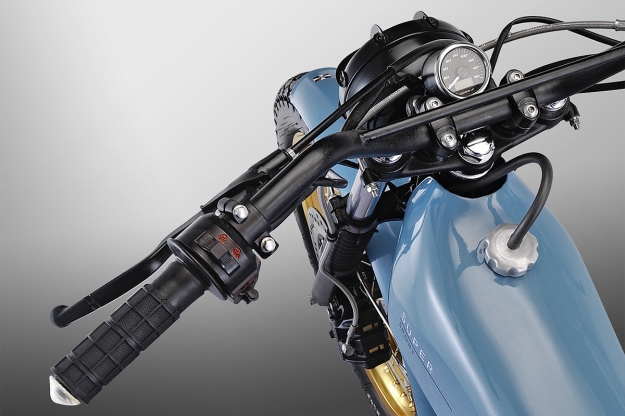
“Building a bike in China?” says Hettinga. “How hard can it be?” Very hard indeed, it turns out.
Nearly two years ago, Hettinga mocked up a new design. A small-capacity supermotard with a vintage trials vibe. It ended up with a weight of 101 kg and 27 bhp—which means a power-to-weight ratio similar to a heavier Triumph Bonneville or Moto Guzzi V7. So far, so good.
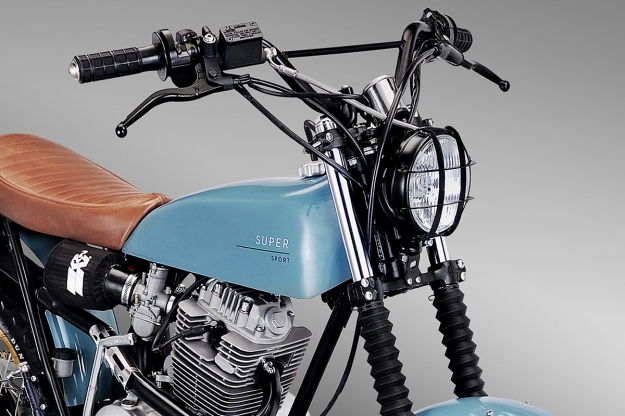
“Then it all went downhill. China is a nightmare to work in. The language barrier is one to take into account, but the mentality is hard to ignore. It’s Kafka’s paradise.” The first engine from a Chinese supplier had the wrong spec, and was delivered without a balance shaft. “The vibrations were intense. If you had false teeth, you would have lost them after a minute.”
The basis of the Lucky Punk is a ‘dragon bone’ frame: a pressed-steel backbone that is widely available in China. To keep the bike looking as clean as possible, Hettinga selected a 4.5Ah Li-ion battery the size of a pack of cigarettes. It’s stowed under the seat, along with the rest of the electrical necessities.
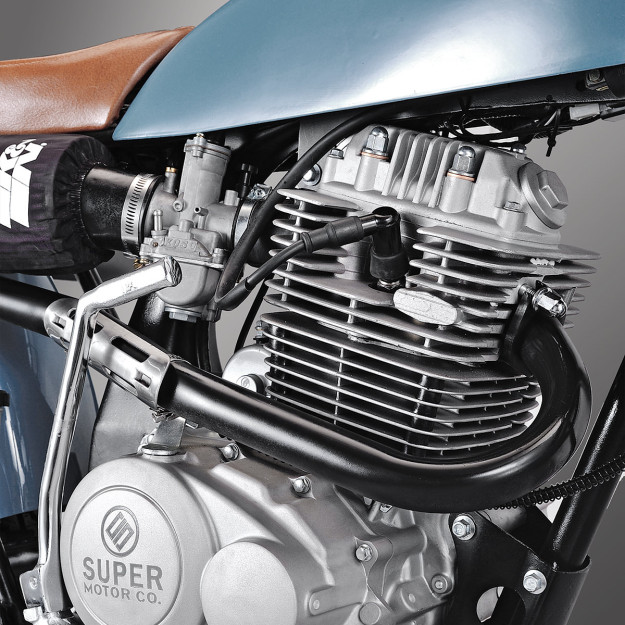
The litany of disasters even included the fabrication of the exhaust. “We gave precise CAD drawings to the factory that was going to do this pipe. But once we got there to do the first fitment it was all off. In the end it took us two days to get it right, accompanied by lots of swearing and a bucket load of incomprehension. But the result is now spot on.”
There were glimmers of hope. “We are friends for life with the people of the paint factory,” says Hettinga. “They are unbelievably skilled, and the only ones we encountered that had a sense of perfection. They let us mix our own color by hand. They gave the tank extra rubdowns till they were happy with the result. We changed the color several times—no problem. Great and easy to work with, given that we could not understand each other!”

The last hurdle was critical: shipping the Lucky Punk prototype to the huge Chinese motorcycle fair in Guangzhou, where it could go on display to the trade and the public. “We arranged to ship the bike by air, and the courier lost the bike!”
For three days, the bike disappeared. “We were about to miss the Fair altogether. When we arrived in Guangzhou, the bike was still missing. And even at 5pm, the day before the fair, the bike was still missing. Then we got a call: the bike was found!” Hettinga picked it up at 4am on the day of the Fair at the cargo facility of the airport, and assembled the bike in the parking lot of the Fair itself.
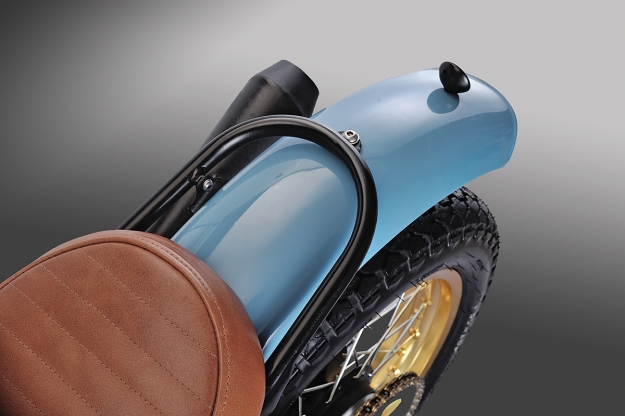
Lucky Punk rolled into the Fair complex just after 9am, and took its place in the booth of Yinxiang Motors—the factory that produces the Super Motor Company’s Cub-based bikes. “Over the next few days, we drew a lot of attention. But many of the Chinese did not understand the bike—the price was too high, it’s too expensive to build, blah blah. But, happily, we met some like-minded enthusiasts. We now have five distributors from around the world to work with.”
So was it worth the ineptitude and insanity? “Yes, it was.”
Lucky Punk is now being readied for production, and will hit European markets in the first quarter of 2015. The 125cc version will cost 2,500 euros and the 250cc version 3,000 euros.
It’s a great price for a great-looking bike. And after all that stress, we think Dimitri Hettinga deserves success.